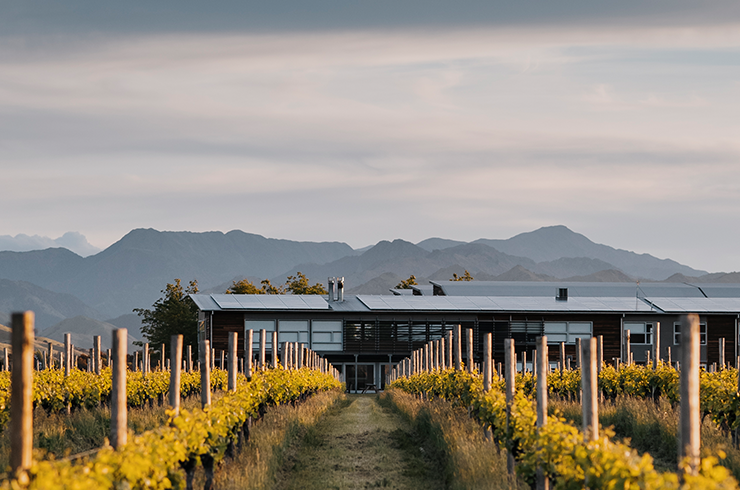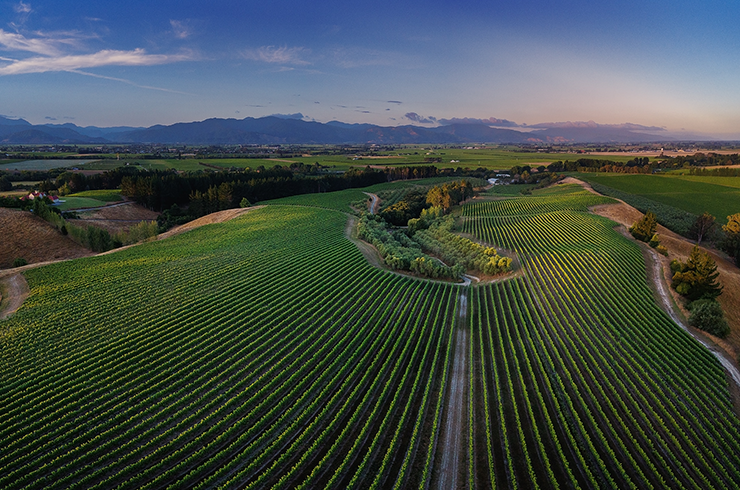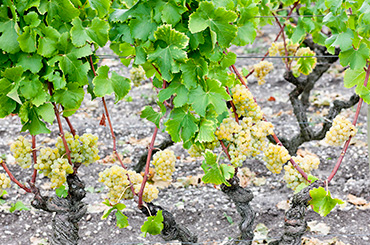Hunter Valley semillon has several claims to be properly regarded as unique. The first is that it produces large bunches with big berries and thin skins, all of which should – and indeed do – make it susceptible to wet weather, and the Hunter Valley has plenty of that when vintage comes around. So, why even go there to plant such a grape? Well, when it was first planted, the Hunter Valley was the only pastoral land that could be reached from Sydney, and even then, largely by boat. But at least it was there, so trade routes opened up. One of the staples sent to Sydney was wine, with semillon and shiraz quickly proving themselves as the most suitable of a limited library.
Semillon has never been successfully fermented in barrel, no matter the quality of the oak or the skill of the winemaker. It just doesn’t work. However, what does happen with age is that the wine takes on the appearance of having been oaked; its body increases markedly, and it gains a sweet/nutty aroma and flavour that bear no relationship to that of the young wine. I can remember talking to the first English wine writers to come out to Sydney and have any real interest in the Hunter Valley and trying to explain to them that no, the wine wasn’t oaked, it was merely the change of age that caused this development. One in particular, now long dead, was an expert on Bordeaux and its wine trade, Eddie Penning-Rowsell, who flatly refused to believe what I was saying.
That was an advantage, as you did not have to bear the cost of oak, and the wine was ready for the market within six months of vintage. Small wonder, then, that only mad dogs and Sydneysiders think it is worth drinking. Try selling it in Adelaide or Perth, and you will quickly find the truth of that.
The final twist in this strange tale comes through the agency of the screwcap. Bruce Tyrrell has described its advent as the salvation of the variety, and the Tyrrells know more than most about the 100-year-old vines in the Hunter still producing wonderful semillon, as well as how to handle the wine as it ages.
What we have then seen is Hunter Valley winemakers holding back part of a vintage for release when the wine is between five and seven years old. The screwcap has taken out the risks of oxidation and cork taint rife in the 1980s. McWilliam’s had its own epiphany when the bean counters suddenly realised that there was far more stock on hand this year than the previous year. A hue and cry went up only to find that the cause was that more wine was being sold and consumed, and none returned because it was oxidised or otherwise faulty.
Lastly, and most importantly, I have been drinking Hunter Valley semillon for my whole life, because my mother’s amniotic fluid was (on my reconstruction of events) 50 per cent Hunter semillon.
This article was taken from the newsletter on Wednesday, April 17, 2019. Sign up to receive the Halliday Wine Companion email.
Semillon has never been successfully fermented in barrel, no matter the quality of the oak or the skill of the winemaker. It just doesn’t work. However, what does happen with age is that the wine takes on the appearance of having been oaked; its body increases markedly, and it gains a sweet/nutty aroma and flavour that bear no relationship to that of the young wine. I can remember talking to the first English wine writers to come out to Sydney and have any real interest in the Hunter Valley and trying to explain to them that no, the wine wasn’t oaked, it was merely the change of age that caused this development. One in particular, now long dead, was an expert on Bordeaux and its wine trade, Eddie Penning-Rowsell, who flatly refused to believe what I was saying.
That was an advantage, as you did not have to bear the cost of oak, and the wine was ready for the market within six months of vintage. Small wonder, then, that only mad dogs and Sydneysiders think it is worth drinking. Try selling it in Adelaide or Perth, and you will quickly find the truth of that.
The final twist in this strange tale comes through the agency of the screwcap. Bruce Tyrrell has described its advent as the salvation of the variety, and the Tyrrells know more than most about the 100-year-old vines in the Hunter still producing wonderful semillon, as well as how to handle the wine as it ages.
What we have then seen is Hunter Valley winemakers holding back part of a vintage for release when the wine is between five and seven years old. The screwcap has taken out the risks of oxidation and cork taint rife in the 1980s. McWilliam’s had its own epiphany when the bean counters suddenly realised that there was far more stock on hand this year than the previous year. A hue and cry went up only to find that the cause was that more wine was being sold and consumed, and none returned because it was oxidised or otherwise faulty.
Lastly, and most importantly, I have been drinking Hunter Valley semillon for my whole life, because my mother’s amniotic fluid was (on my reconstruction of events) 50 per cent Hunter semillon.
This article was taken from the newsletter on Wednesday, April 17, 2019. Sign up to receive the Halliday Wine Companion email.





